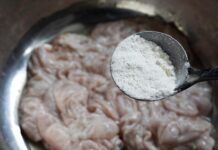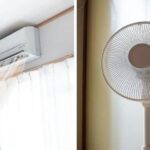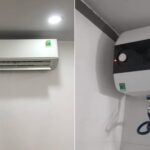Why Integrated Washer-Dryers Are Falling Out of Favor: Unraveling the Top 3 Reasons

1. Limited Drying Capability
One of the biggest drawbacks of washer-dryers is their subpar drying performance. Despite advertising a washing capacity of up to 10 kg, in reality, these machines can only effectively dry around 6-7 kg of laundry. This becomes especially evident when handling bulky items like down jackets or thick woolen sweaters, often requiring multiple drying cycles. Not only is this time-consuming, but it also complicates the laundry process.
Moreover, the drying efficiency is unsatisfactory. Many users have experienced the frustration of clothes feeling dry on the outside but still being damp inside, which is not only uncomfortable but can also impact fabric quality. This issue is more pronounced during seasonal transitions when the volume of thick garments in the laundry increases, bringing the limitations of these machines to light. As a result, consumers are questioning the practicality of using washer-dryers.
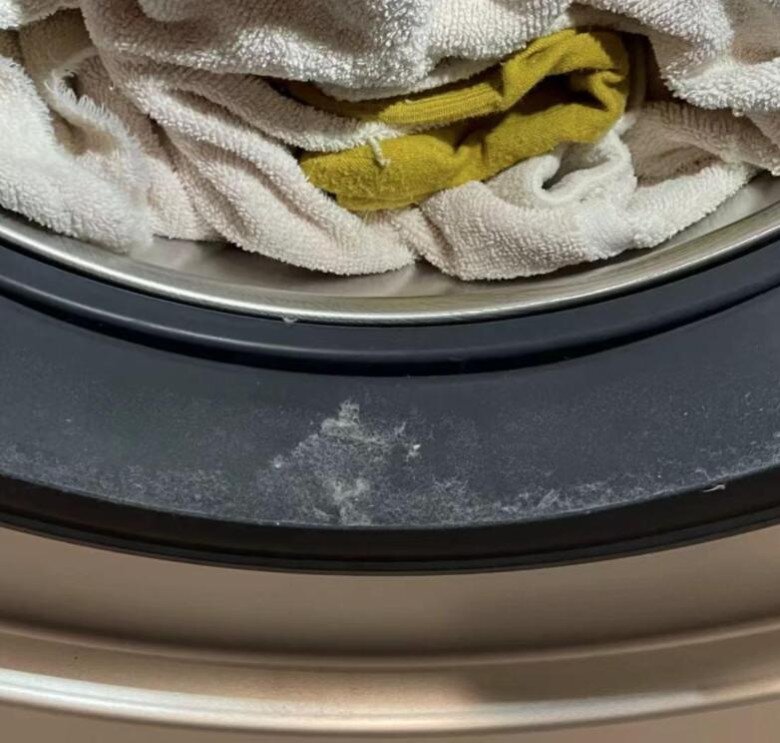
2. High Electricity Consumption
Another serious concern with washer-dryers is their high electricity consumption. The drying process can take several hours, especially when dealing with large loads, leading to soaring electricity bills. Many households have been unpleasantly surprised to find that the drying function alone can increase their monthly electricity costs by 200-300 RMB.
With the continuous operation of washer-dryers during the summer months, when electricity demand is already high, many families may surpass the tiered pricing structure for electricity, resulting in even higher overall costs. To achieve better drying results, some consumers are forced to select higher temperature settings, which not only increases energy consumption but may also shorten the lifespan of garments. In an era of growing environmental awareness and energy conservation, the high electricity consumption of washer-dryers is a notable drawback.
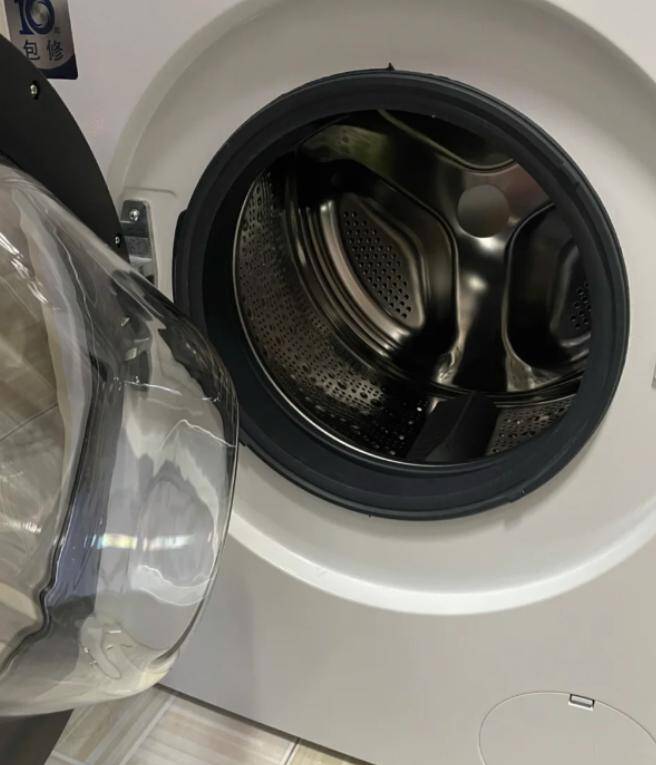
3. High Maintenance Costs
Lastly, the maintenance costs of washer-dryers are a significant concern. Due to their complex structure, repairs can be expensive. The absence of a lint collector makes cleaning the machine a challenging task. After each use, users need to thoroughly clean the machine to prevent bacterial growth, adding to their workload.
Many users report encountering various issues after a year of use, ranging from drainage system blockages to malfunctioning heating functions. Repair costs can run into the thousands of RMB, and the wait for manufacturer repair services can be lengthy, causing inconvenience to consumers. In some cases, the cost of replacing certain parts can amount to a third of the price of a new machine, leaving consumers wondering whether to repair or replace.














